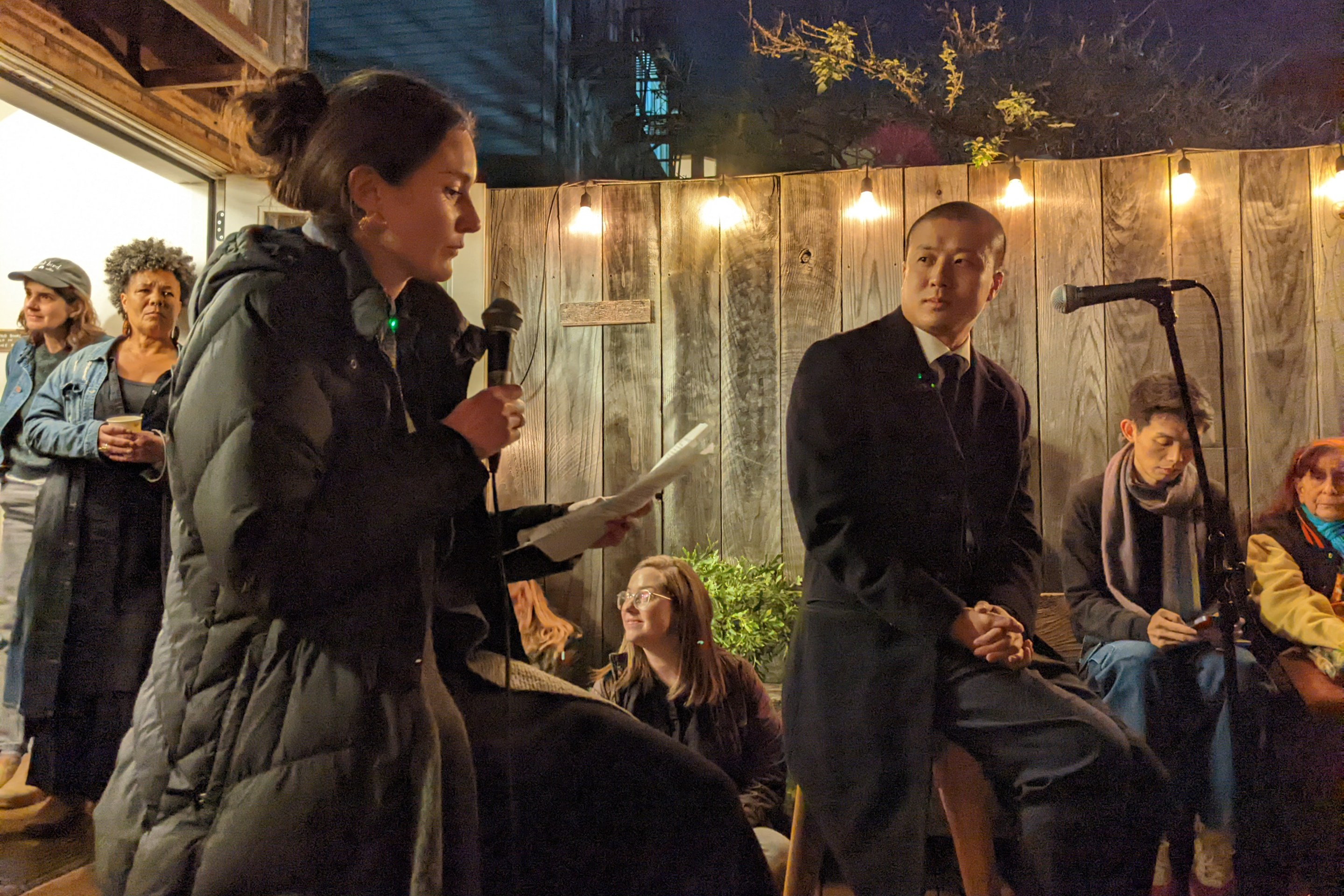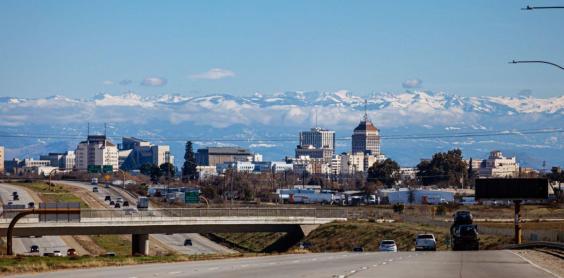After a string of defeats for ballot measures that would have helped fund transit in the Bay Area and the coronavirus pandemic limiting political bandwidth, the coalition of business leaders and transportation experts behind 'Faster Bay Area' pulled the plug late last month. But that doesn't mean the fall ballot will be without opportunities to increase transportation funding: both Caltrain and AC Transit will be asking for money.
The Caltrain proposal already has legislative approval to be on the ballot (earned in 2017) and an identified funding source: a 1/8 cent sales tax in Santa Clara, San Mateo and San Francisco counties. The ballot measure would raise roughly $108 million annually. With this infusion of funds, Caltrain would buy more electric trains and offer service every ten minutes.
AC Transit's measure, on the other hand, doesn't yet have a funding source nor project list identified and still needs to go through a legislative process to get on the ballot. Advocates say they are serious about going forward and have brought on consultants to do feasibility studies for different proposals. And given the dire state of transit funding these days, there's certainly no harm in exploring options.
That said, transit advocates aren't universally ready to jump on-board to support the Caltrain measure to say nothing of the unformed dreams of AC Transit. Streetsblog reached out to a half-dozen regional and local advocacy groups and only three were ready to speak at all about the Caltrain measure, with two of them just on background as they are still discussing it internally.
"Historically Caltrain has been very popular, and polling over the years has shown strong support for stable funding for Caltrain and Caltrain improvements," said Adina Levin, head of Friends of Caltrain. "Given the current pandemic and recession, this is going to be a challenging year. But, we know that Santa Clara County passed funding for BART to Silicon Valley in 2008 in the depths of a severe recession. The Caltrain board will make its decision in August, with information from more polling."
While a firm believer that the large employers in the region can, and should, provide help to the transit systems that benefit their employees, she brushes off arguments that this tax measure would mostly benefit more affluent transit riders.
"The idea that Caltrain only benefits big corporations is false," Levin stated bluntly. "Currently, slightly over 20 percent of Caltrain's riders use the large employer bulk-discount Go Pass. With electric service, Caltrain is planning to provide more service outside of peak commute times, making it more useful for more types of trips, and Caltrain is working on an equity study proposing strategies to make Caltrain accessible to more economically diverse riders. "
But that does not mean that Levin and Friends of Caltrain are ready to embrace the measure.
"Friends of Caltrain's mission statement is to support stable funding and successful modernization of Caltrain, as a component of a well-integrated regional transit network that is accessible to all. We want to support the measure. The two things we are looking to see are:
Caltrain is currently updating its business plan, and when the COVID-19 lockdowns hit, there were two elements that remained: one regarding improving equitable access to Caltrain and the other involving a plan to bring better bicycle and pedestrian connectivity to its stations. Providing better access to stations and having a fare schedule that considers people's ability to pay are two key ways that Caltrain can continue to improve its service to existing riders and attract new riders.
Caltrain was expected to come out with additional recommendations for these plans this month that could include means-based fares. But for Levin, and other advocates, these details need to be spelled out by both the board and in the measure before Friends of Caltrain can get behind the measure.
If one is not already familiar with Caltrain's budget process, the second point requires more explanation.
Caltrain's three-member counties each contribute an equal amount towards the agency's budget and that includes revenue streams from partner transit agencies and traditional funding methods (transit fares, etc...). However, the pact between the counties requires that each county pay an equal amount, so if one county has a budget shortfall, all three counties contribute less than expected. This instability, along with uneven contributions from other transit agencies, creates irregular budgets.
This ballot measure would replace that hodge-podge funding picture with a more stable sales tax covering operations, and would require the other contributors to increase the amount of funding they put into Caltrain's capital program. In short, it would allow for a consistent schedule year to year. And because they wouldn't have to pay for operations, the other government agencies would instead pay for most of those shiny new trains.
However, there is nothing in the measure that describes how much the new contributions would be nor the process for deciding what that amount would be other than a general plan that a Memorandum of Understanding would be signed AFTER the measure is passed by voters.
For more in-depth coverage from Friends of Caltrain, read "Caltrain and Partners Continue to Push November Ballot Measures" and "Caltrain’s Equity and Access Studies Show Opportunities to Diversify the Rider Base."






